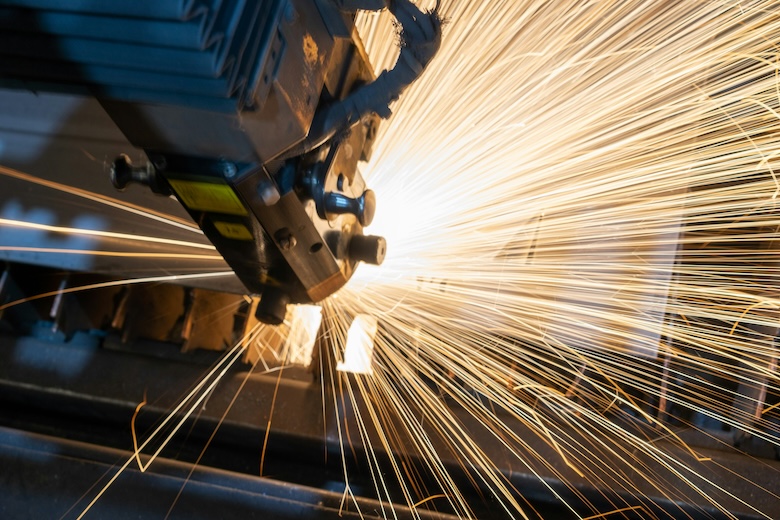Why should you watch this video?
This video offers an invaluable glimpse into how Generative Artificial Intelligence (GenAI) is revolutionizing the manufacturing sector by enhancing operational efficiency, minimizing waste, and boosting profitability, showcasing the transformative power of GenAI through practical examples and expert insights.
Key Points
The webinar delves into the transformative impact of Generative AI on the manufacturing industry, exploring its role in streamlining operations, cutting down waste, and elevating profit margins. Key themes include the advantages of GenAI, its application in manufacturing, selecting the appropriate AI platform, and timing for AI adoption. Highlights include the distinction between generative and discriminative models, the evolution of AI technology leading to GenAI’s emergence, and the broad potential of GenAI in manufacturing, from simplifying complex data sets to automating content generation and enhancing automation processes.
Broader Context
Generative AI represents a leap forward in the manufacturing industry’s ongoing digital transformation. By building on the foundation of previous technological advancements, GenAI is not just an incremental change but a paradigm shift that enables manufacturers to achieve unprecedented levels of innovation, efficiency, and adaptability. This movement aligns with broader trends towards Industry 4.0, emphasizing smart technologies, data integration, and automated systems to drive the future of manufacturing.
Q&A
-
What makes GenAI different from traditional AI in manufacturing? GenAI models can generate new data and insights, unlike traditional AI, which primarily focuses on analyzing existing data. This capability enables more innovative solutions in process optimization and problem-solving.
-
How can manufacturers start implementing GenAI? Starting with pilot projects or proof of concepts can help manufacturers understand GenAI’s potential impact on their operations and identify the most beneficial use cases for their specific needs.
-
What are the potential risks or challenges in adopting GenAI for manufacturing? Challenges include data privacy concerns, the complexity of integrating GenAI with existing systems, and ensuring the reliability of generated insights. Proper planning and collaboration with experienced partners can mitigate these risks.
Deep Dive
GenAI’s ability to process and generate new data stems from advanced neural network architectures, particularly the Transformer model, which excels in understanding and producing human-like text. This section of the technology represents a significant departure from traditional AI models, leveraging vast amounts of data and computing power to simulate human-like creativity and problem-solving abilities.
Future Scenarios and Predictions
As GenAI technologies mature, we can anticipate broader adoption across the manufacturing sector, leading to more autonomous and flexible production systems. Future developments may include enhanced predictive maintenance, real-time optimization of production lines, and even the design of new products through generative design techniques. These advancements could dramatically increase efficiency, reduce time to market, and open new avenues for customization and innovation.
Inspiration Sparks
Imagine a scenario where a GenAI system collaborates with human designers to create a new product line. This partnership could combine human creativity with AI’s capability to analyze trends, simulate design performance, and predict market demand, resulting in products that are both innovative and perfectly aligned with consumer needs.


